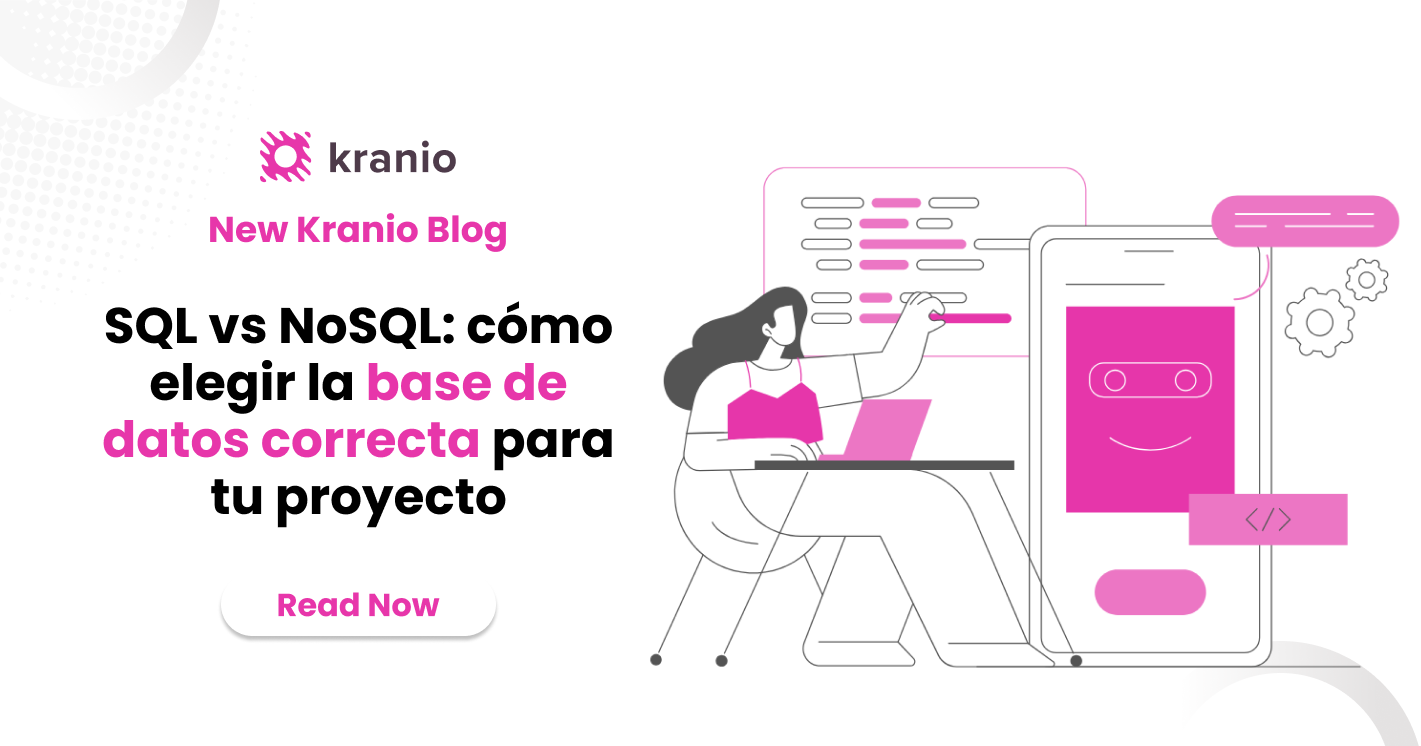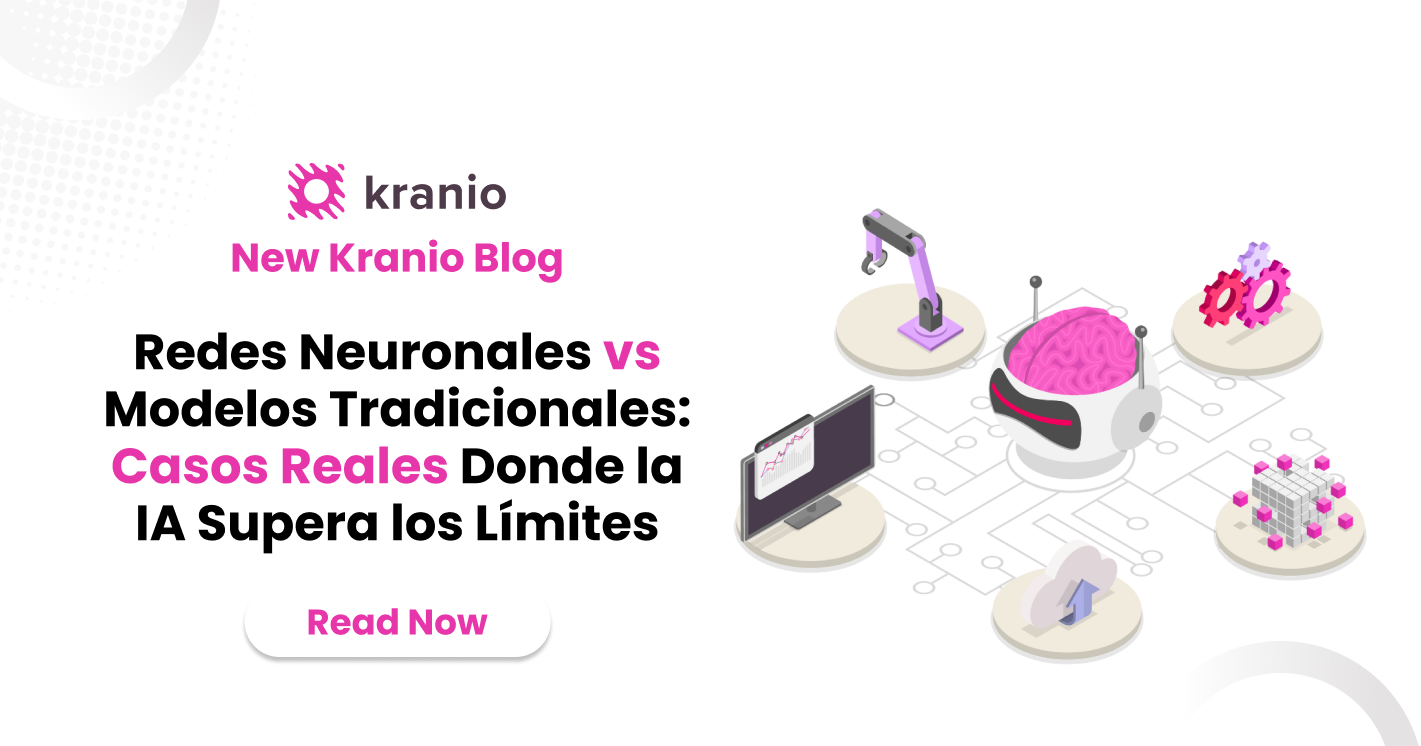How DDD addresses the complexities of building software in complex domains.
Why It Matters?
In today's dynamic world, business requirements are rarely static; they shift and evolve as market conditions and organizational priorities change. Building software that meets these demands means addressing inherent complexities directly within our code structure. When our code reflects the current business world with all its intricacies, it becomes a powerful tool for enabling business growth and adaptability. If we ignore these details, we end up with software that's brittle, hard to maintain, and challenging to extend when business needs inevitably evolve.
Domain-Driven Design (DDD) helps bridge the gap between business requirements and technical execution by providing patterns and strategies to structure code around core business concepts, making it easier to adapt to changes. DDD's emphasis on collaboration between developers and domain experts helps capture essential business nuances so that our codebase remains aligned with business goals even as those goals change over time.
The purpose of this article series is to introduce DDD as a vision, a toolkit, and a method for building resilient software. By exploring DDD concepts, methods, and strategies, developers can learn to create software that closely aligns with business goals and remains robust in the face of change. This journey through DDD will help elevate your skills and code quality, equipping you to tackle complex projects with greater confidence.
What is DDD and Its Core Concepts?
Domain-Driven Design is a software design approach that emphasizes aligning code with business domains. Its primary objective is to create systems where technical decisions reflect core business values and operations. By focusing on the business domain and fostering continuous collaboration with business experts, DDD helps ensure that the software we create serves its intended purpose and evolves with the organization's needs.
DDD introduces several core concepts: Ubiquitous Language, a shared language between developers and business stakeholders that minimizes misunderstandings; Bounded Contexts, where distinct areas of the business domain are separated into “contexts” with their own models and boundaries; Entities and Value Objects, representing business objects with specific identities or objects defined by attributes rather than identity; Aggregates, clusters of related entities and value objects treated as a single unit; and Repositories and Services, which handle aggregate persistence and domain logic. These concepts lay the foundation for our exploration of DDD, and we'll explore each one in more detail in the next articles.
Example of using Case and understanding your code structures
At Kranio, we encourage our developers to adopt Domain-Driven Design principles. This approach helps them implement best practices and, at the very least, accurately model and understand the business requirements of their projects. As a result, Domain-Driven Design forms the core architecture of most of our projects.
One example we'll discuss here is an e-commerce project that requires adaptability, influenced by a competitive market, and frequent updates to marketing strategies. This project encompasses complex domains such as Product Catalog, Payment Processing, Order Management, and Customer Service.
For projects like these, our team starts by building strong relationships with stakeholders and product owners, working closely to fully understand their current needs and long-term goals. From there, we model the domains and define how they interact, continuously validating these models with the business teams. This approach enables us to create an architecture that is not only tailored to business requirements but also scalable and sustainable, making it easy to incorporate new products or adjust to changing product rules as needed.
“<get the testimony of this project with the leader”
- Sebastian Sanchez, Tech Leader
When to use and When NOT to Use Domain-Driven Design
DDD is especially suited to complex domains where business requirements are multifaceted and continuously evolving. Industries like finance, healthcare, or large-scale e-commerce, with intricate business logic and interdependent processes, benefit greatly from DDD. In these cases, DDD helps maintain a clear structure even as business needs to grow more sophisticated.
However, DDD is not always the right choice. In simple applications, such as basic CRUD systems, the added complexity of DDD might outweigh the benefits. Conventional design patterns, like MVC or simple data access layers, may be more suitable for these cases. Prototypes or applications with short life spans also often benefit from a simple approach.
Before committing to DDD, it's essential to evaluate your project's complexity, longevity, and domain-specific requirements. Consider factors such as business complexity, scalability needs, and the potential for frequent domain-driven changes. If the project involves intricate business rules, evolving requirements, and collaboration with non-technical stakeholders, DDD may be an excellent fit.
Conclusion
Building software that genuinely addresses real-world business needs is challenging. Complex requirements often bring considerable pain points, but by reflecting these intricacies in code, we can unlock long-term advantages for the business and build code that adapts as needs change.
By embracing Domain-Driven Design, we can directly address many of these challenges, creating code that mirrors the business domain and adapts to change. DDD helps us build software that's resilient and closely aligned with the complexities of its domain, ensuring it's better positioned to grow alongside the business.
In this series, we'll dive deeper into DDD's key concepts, patterns, and strategies to help you raise your code quality. Join us to learn how DDD can transform your development approach and empower you to tackle complex domains with confidence.
Here are the following themes that we'll discuss in this series From Good To Great in DDD, I hope that we'll navigate together of this important architecture:
- Elevate Code Quality with Domain-Driven Design - 1/10
- Understanding the Entities and Value Objects in Domain-Driven Design - 2/10
- Understanding the Aggregates and Aggregates Roots in Domain-Driven Design - 3/10
- Understanding the Repositories Patterns in Domain-Driven Design - 4/10
- Understanding the Domain-Services Patterns in Domain-Driven Design - 5/10
- Understanding the Application-Services Patterns in Domain-Driven Design - 6/10
- Understanding the suggested Architecture Pattern in Domain-Driven Design - 7/10
- Understanding the Bounded Context in Domain-Driven Design - 8/10
- Event-Storming the modeling strategy to apply Domain-Driven Design - 9/10
Common pitfalls and anti-patterns in Domain-Driven Design - 10/10
Ready to take your code quality to the next level with Domain-Driven Design?
At Kranio, we have software design experts who will help you implement DDD in your projects, ensuring that your software is aligned with business objectives and is adaptable to future changes. Contact us and discover how we can help you transform your approach to development.











.png)
.png)
